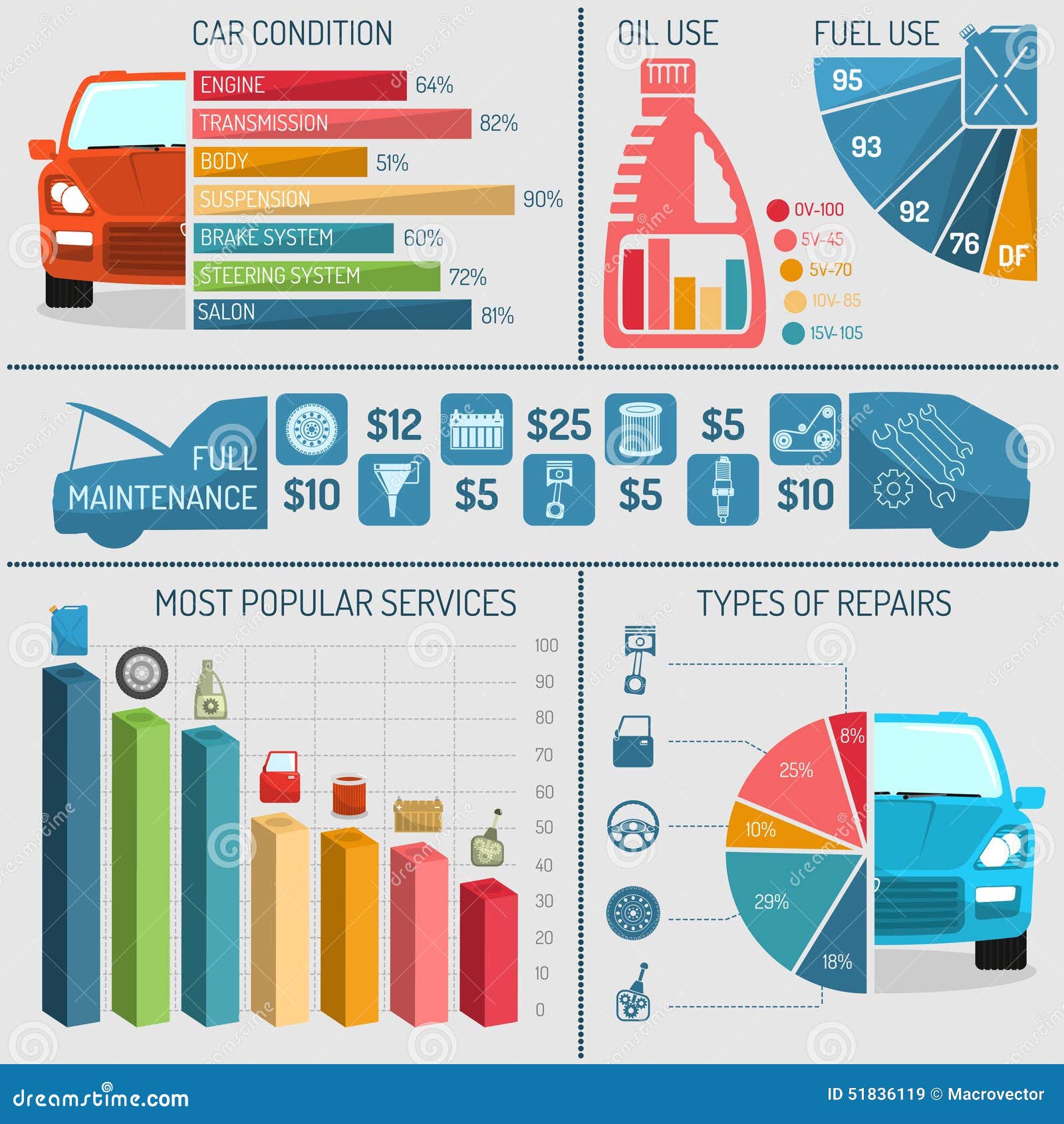Understanding The Meaning Behind Your Lorry'S Caution Lights: An In-Depth Appearance
Understanding The Meaning Behind Your Lorry'S Caution Lights: An In-Depth Appearance
Blog Article
Author-Sykes Torres
When you lag the wheel, those beautiful caution lights on your control panel can be a bit complicated. Do you understand what they're trying to tell you regarding your vehicle's health? Understanding the value of these lights is important for your safety and security and the longevity of your automobile. So, the following time among those lights pops up, wouldn't you wish to analyze its message accurately and take the required actions to address it?
Common Caution Lights and Interpretations
Recognize typical caution lights in your cars and truck and understand their meanings to ensure safe driving.
The most typical caution lights include the check engine light, which indicates problems with the engine or emissions system. If this light comes on, it's vital to have your car inspected quickly.
auto detailing near me warning light indicates low oil pressure, calling for instant focus to avoid engine damages.
A flashing battery light might recommend a defective billing system, potentially leaving you stranded otherwise dealt with.
The tire pressure tracking system (TPMS) light signals you to low tire stress, influencing vehicle security and fuel efficiency. Ignoring this can result in unsafe driving conditions.
The abdominal muscle light suggests a problem with the anti-lock stopping system, jeopardizing your ability to quit promptly in emergencies.
Lastly, the coolant temperature level alerting light warns of engine getting too hot, which can result in extreme damages otherwise fixed quickly.
Comprehending these typical caution lights will help you address concerns without delay and keep safe driving problems.
Value of Prompt Interest
Understanding the common warning lights in your automobile is only the very first step; the significance of quickly attending to these cautions can not be emphasized enough to guarantee your safety and security when traveling.
When a caution light illuminates on your control panel, it's your vehicle's means of communicating a possible concern that requires interest. Ignoring these cautions can bring about extra extreme issues later on, compromising your security and potentially costing you more out of commission.
Trigger attention to warning lights can protect against failures and mishaps. For instance, a flashing check engine light can suggest a misfire that, if left neglected, can cause damage to the catalytic converter. Addressing this without delay can conserve you from a pricey fixing.
Similarly, a brake system cautioning light may indicate low brake fluid or used brake pads, critical elements for your security when driving.
Do It Yourself Troubleshooting Tips
If you observe a caution light on your control panel, there are a few do it yourself troubleshooting suggestions you can attempt before looking for specialist help.
The initial step is to consult your car's manual to comprehend what the details caution light suggests. Occasionally the problem can be as easy as a loose gas cap causing the check engine light. Tightening Read More Here might solve the issue.
Another common problem is a low battery, which can set off different advising lights. Examining the battery connections for corrosion and guaranteeing they're secure may repair the issue.
If a caution light persists, you can try resetting it by detaching the vehicle's battery for a couple of minutes and afterwards reconnecting it. Furthermore, checking your car's fluid degrees, such as oil, coolant, and brake liquid, can assist repair advising lights associated with these systems.
Conclusion
Finally, comprehending your automobile's caution lights is important for keeping your automobile running smoothly and securely. By immediately addressing these signals and understanding what they indicate, you can stay clear of expensive fixings and potential break downs.
Bear in mind to consult your cars and truck's handbook for specific details on each warning light and do something about it as necessary to guarantee a trouble-free driving experience.
Stay notified, stay secure on the road!
